World national treasure animals refer to animals that are particularly valuable, rare or of cultural significance globally. These animals are often regarded as one of the symbols of a country or region and also have important ecological, scientific and economic value. Different countries or regions may protect and recognize different types of animals. Do you know what the national treasure animals are in various countries around the world? This article brings you the top ten famous national treasure animals in the world, including giant panda, crested ibis, Asian elephant, koala, alpaca, polar bear, one-horned rhinoceros, bald eagle, redbreasted robin, kiwi, etc. Let’s take a look at these national treasure animals.
1. Chinese Giant Panda
The Chinese giant panda is an endangered mammal and one of the most popular animals in the world. It is known as China's "national treasure" for its cuteness and rarity. The giant panda is a large, chubby and cute bear animal with black and white fur and a very obvious "V" shape at the seam between its head and body. The food habits of giant pandas are very special and they almost exclusively eat bamboo. The giant panda is a seasonal animal, with only 2-3 days of estrus every year. Male giant pandas will attract the attention of female giant pandas by calling and marking during the estrus period. Giant pandas have low reproductive capacity. They usually start mating around 4-5 years old and only give birth to 1-2 cubs per year.
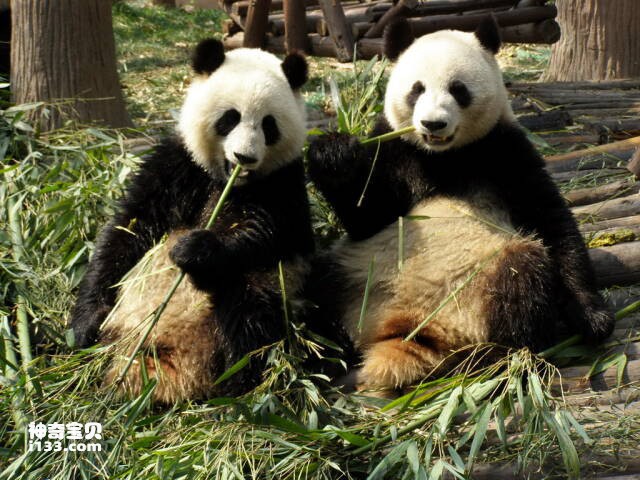
Chinese giant pandas mainly live in mountainous areas in southwest China such as Sichuan, Shaanxi and Gansu. The giant panda is a solitary animal, usually active at night and hiding in tree holes or bamboo forests to rest during the day. Their main habitats are dense bamboo forests and mountain canyons. Due to the severe destruction of their wild habitats and the impact of human activities, giant pandas face severe survival challenges. There are currently only about 1,800 wild giant pandas and more than 300 captive giant pandas left in the world, so they are listed as critically endangered species internationally and are also one of China's rare protected animals.
2. Japanese Crested Ibis
The crested ibis is a large bird endemic to Japan, also known as the "cuckoo bird" or "red crane". The crested ibis has a tall body, up to 1.5 meters in length, and its wings can reach up to 3 meters when spread out. There is a piece of bright red naked flesh and a fan-shaped black flesh pad on the top of their head, which is very conspicuous. The feathers are mainly white, with black feathers covering the tail and wings. The breeding season of Crested Ibis is from April to June. They build fluffy nests in trees and lay 1-2 eggs. After hatching, the young birds need a long period of incubation and care, and are raised by both the female and male birds.
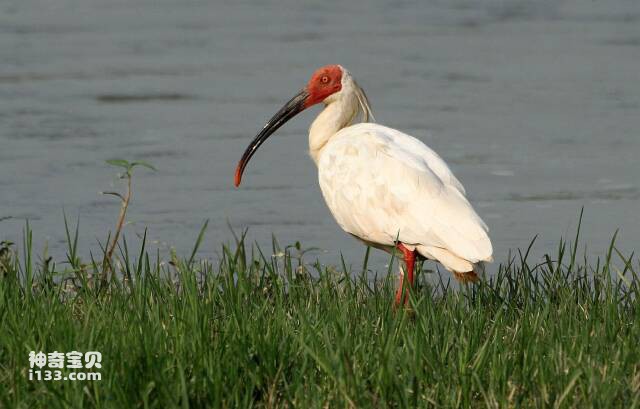
The Japanese Crested Ibis is mainly distributed in Honshu, Shikoku and Kyushu in Japan and is a unique bird in Japan. Crested ibises usually live in mountainous areas and feed on acorns and pine nuts in the forests. They are seasonal migratory birds. In summer, they will nest in high mountain areas to breed, and in winter, they will migrate south to low altitude areas to spend the winter. Due to habitat destruction and the impact of human activities, the crested ibis was once on the verge of extinction in Japan. At present, Japan has adopted protective measures to protect this rare bird, and the crested ibis is also listed as one of Japan's national treasures.
3. Thai Asian Elephant
The Thai Asian elephant is a large mammal that lives in Thailand and is also a subspecies of the Asian elephant. Thai Asian Elephants-Are-Endangered.html">elephants are huge, usually weighing 3 to 5 tons and reaching a shoulder height of 3 meters. Their noses are very long and are used for picking food, drinking water and communicating. Thai Asian Elephants-Are-Endangered.html">elephants have thick, gray skin and large ears. Asian Elephants-Are-Endangered.html">elephants in Thailand begin to reproduce when they are 6 to 10 years old. Each pregnancy lasts for about 22 months and gives birth to one cub. The cubs need to live with their mother for 2 to 3 years before they can live independently.
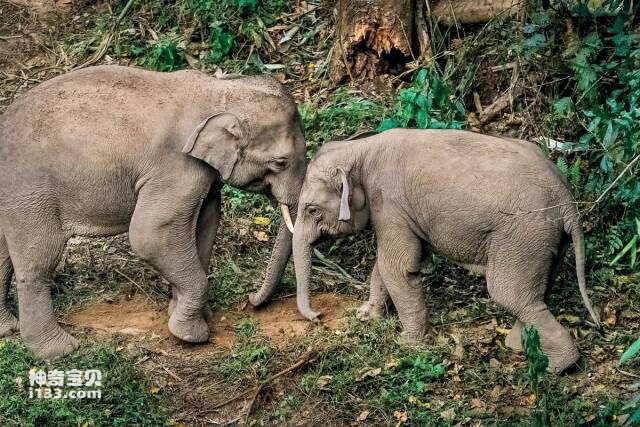
Thai Asian elephants are mainly distributed in northern and northeastern Thailand and some neighboring countries, such as Laos, Cambodia and Myanmar. Thai Asian elephants are social animals that usually live in tropical rainforests or grasslands. They are omnivores, feeding mainly on plants but also insects and small animals. Due to habitat destruction, illegal hunting and the impact of human activities, Asian elephants in Thailand are currently facing endangered threats. They are listed as a protected species in Appendix I of the CITES Convention and are also one of the important representatives of Thailand's culture and tourism industry.
4. Australian Koala
The Australian koala is a wombat and one of the endemic animals of Australia. Australian koalas are about 60-85 centimeters long and weigh between 4-15 kilograms. Their furry bodies are covered with gray fur that is very soft. Koalas have strong climbing abilities. Their forelimbs are shorter than their hind limbs and they have five pointed claws on their palms that can be used to climb trees and grab food. Australian koalas are about 2-3 years old when they mature, and their mating season is between September and November. The gestation period of a female koala is 35-36 days, and each litter usually has only one cub. The cubs will live under the protection of their mother for 6-7 months, and then begin to live independently.
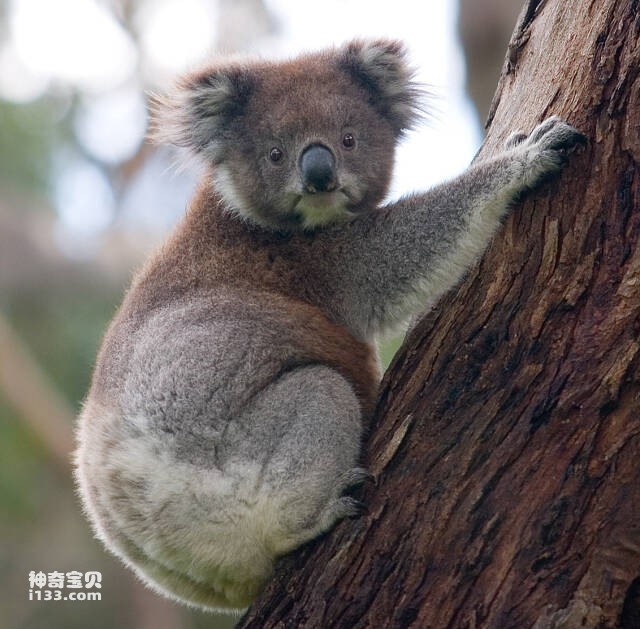
Australian koalas are mainly found in forests and bushes along the eastern coast of Australia. Australian koalas are nocturnal animals and usually sleep during the day. They are lazy animals and spend most of their time in trees or on the ground doing nothing. Koalas mainly feed on eucalyptus leaves and require a daily intake of nutrients equivalent to 30% of their bodies to maintain life. Although Australian koalas are common in Australia, they still face threats due to habitat destruction and the impact of human activities. Currently, the Australian koala is listed as a "near-threatened species" and is protected by Australia's national level.
5. Russian polar bear
The Russian polar bear, also called the white bear, is a large carnivore that lives in the Arctic. Russian polar bears are huge animals, with adult males reaching 3 meters in length and weighing over 600 kilograms. Their coat color is white or yellow, and their thick skin protects them from cold temperatures. Russian polar bears have extremely sharp claws that they use to climb icebergs and grab prey. The mating period of Russian polar bears is generally in spring, and the pregnancy period of female bears is about 8 months. After birth, the pups need to spend two to three years with their mother before they can live independently.
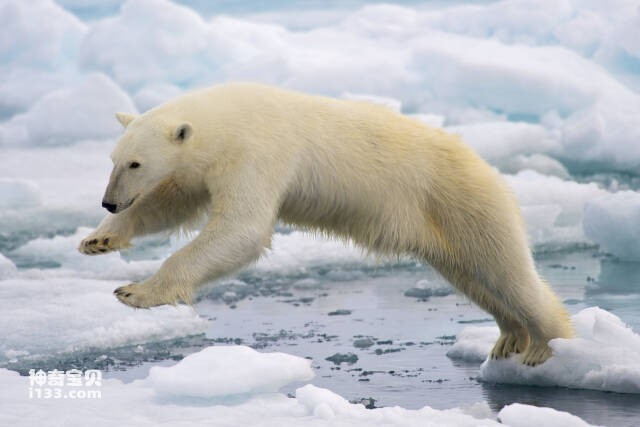
Russian polar bears are mainly distributed in the Arctic, including countries such as Russia, Canada, Norway and Denmark. Russian polar bears are solitary animals that usually live and breed on sea ice. They feed mainly on seals and other marine life. Due to the impact of climate change, the habitat of Russian polar bears is shrinking, which poses a threat to their survival. Russian polar bears are endangered due to global climate change and human activities. They are listed as a protected species in Appendix II of the CITES Convention and are also one of the representative species of the World Wildlife Fund (WWF).
6. Nepalese one-horned rhinoceros
The Nepalese one-horned rhinoceros, also known as the Indian rhinoceros, is a large mammal unique to Asia. The Nepalese one-horned rhinoceros has a huge body, about 2 to 3 meters long, with a shoulder height of up to 1.8 meters and a weight of more than 2 tons. Their skin is thick, grey-brown, and has many wrinkles. The head of the one-horned rhinoceros is relatively long, with a huge horseshoe-shaped forehead and a long and sharp horn on the top of its head. Nepalese one-horned rhinoceros begins to breed at the age of 5-7. The pregnancy period of the female rhinoceros is about 15 months, and each litter gives birth to one cub. Pups require long-term breastfeeding and care after birth.
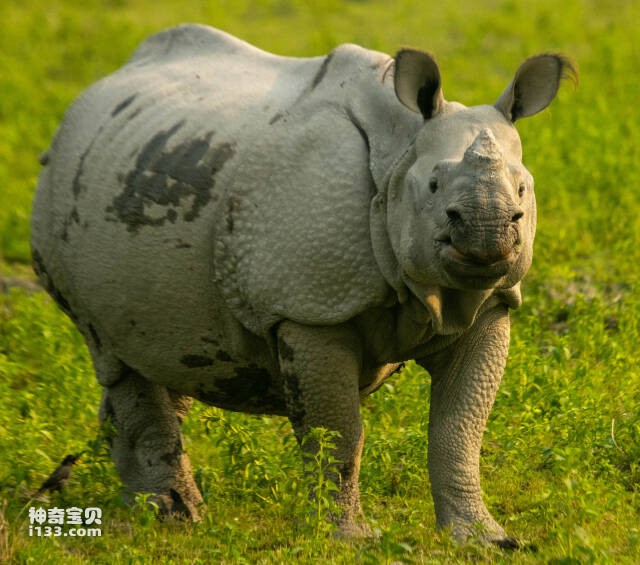
The Nepalese one-horned rhinoceros is mainly distributed in southern Asia, including countries such as Nepal, India and Bhutan. The Nepalese one-horned rhinoceros mainly lives in grasslands and forests near rivers and is an animal that is good at swimming and diving. They are omnivores, feeding mainly on herbs and leaves, but also on fruits and buds. The Nepalese one-horned rhinoceros is now endangered due to habitat destruction and human activities. They are listed as a protected species in Appendix I of the CITES Convention and are protected by countries such as Nepal and India.
7. American Bald Eagle
The American Bald Eagle is a large raptor that lives in North America and is the national bird of the United States. The American bald eagle has a body length of about 2-3 feet, a wingspan of 7-8 feet, and a weight of 4 to 6 kilograms. Their heads and tails are covered with white feathers, and their bodies are dark brown. Bald eagles have very sharp claws and beaks that they use to grab and tear apart food. American bald eagles begin breeding when they are 4-5 years old. 1-3 eggs are laid each year, and the incubation period is 35-40 days. Young birds spend 3-4 months in the nest before they can begin to fly and live independently.

American bald eagles are mainly found in coastal areas of North America, including the United States, Canada and Mexico. American bald eagles live mainly in coastal areas and around lakes, where they feed mainly on fish. They also prey on small mammals and other birds. Bald eagles are monogamous; a male and a female usually build a nest in the same tree and breed there. Due to the impact of human activities and pollution, the American bald eagle was on the verge of extinction in the early 20th century. But through conservation measures and recovery programs, they have now gradually recovered in numbers and are listed as one of the protected species in the United States.
8. British Redbreast
The British redbreast, also called the British robin, is a small passerine bird belonging to the family Flycatcher. The British Redbreast weighs about 20-25 grams and has a body length of about 14 centimeters. Their heads, necks, and lower bodies are brown, their chests are reddish brown, and their wings and tails are dark. British redbreasts breed between April and June, usually nesting in tree holes or bushes. The number of eggs laid in each clutch is generally 4-5. The female bird incubates the eggs for about 13-15 days. After birth, the young birds need to stay in the nest for about 8-15 days before leaving the nest.
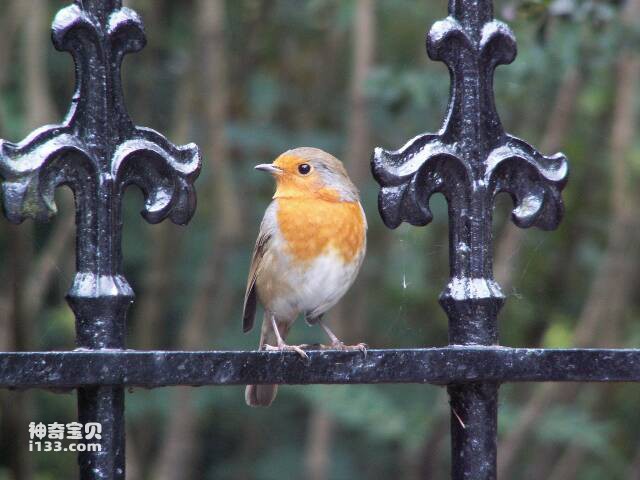
The British Redbreast is mainly found in Europe and northern Asia, and also lives in British forests and woods. The British Redbreast is a bird that prefers to live in forests and shrublands. They feed on insects, spiders, and other small invertebrates, and sometimes berries and seeds. British Redbreasts prefer to live alone, but will form pairs or family groups during the breeding season. The British are very fond of the redbreast, and especially worship the male redbreast's instinct to patrol and defend the territory he has established, calling it the "bird of God." In 1960, it was elected as the national bird in the UK through a referendum.
9. Peruvian Alpaca
The Peruvian alpaca, also known as the South American alpaca and commonly known as the grass mud horse, is a mammal living in South America and belongs to the family Camelidae. Peruvian alpacas have long heads, two pouches on their mouths to store food, and their bodies are covered with thick fur to protect them from low temperatures and harsh weather. Peruvian alpacas are about 1.8-2 meters tall and weigh 150-200 kilograms. They have long, strong legs with fleshy pads on their soles, adapted to walking in desolate alpine terrain. Peruvian alpacas breed between May and November each year. The pregnancy period of female alpacas is about 11 months, and each litter gives birth to one calf. After the cubs are born, they live with their mother for a while and gradually learn how to obtain food and water.
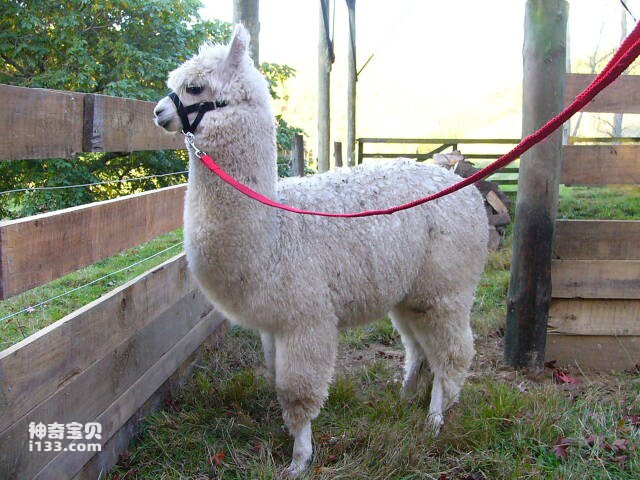
Peruvian alpacas are mainly found in the Andes Mountains of South America, including countries such as Peru, Bolivia, Chile and Argentina. Peruvian alpacas are herbivores and feed on grasses and shrubs. They can survive in high mountain areas with an altitude of more than 5,000 meters and store enough water through water bladders. Peruvian alpacas are social animals, usually living in groups of 10-20. The Peruvian alpaca is one of the important domestic animals of the Achiuna people in South America and one of the local tourism resources. Peruvian alpacas are endangered due to human activities and climate change. Currently, the Peruvian alpaca is listed as a protected species in Appendix II of the CITES Convention.
10. New Zealand Kiwi
Kiwi, also known as Kiwi, is a wingless bird that lives in New Zealand and is the national bird of New Zealand. The body of the kiwi is not large, only about 20-50 cm long and weighs between 1-5 kg. Their appearance is completely different from other birds. They have no obvious wings, are brown-black in color, and have a long and curved bill, which is used to hunt insects and small animals. Kiwis are monogamous animals, and a pair of kiwis usually builds a nest underground and raises its chicks. The female kiwi usually lays a very large egg, which can reach about 1/4 of its own body weight. The incubation period is 70-80 days, and the hatched chicks require long-term care before they can live independently.
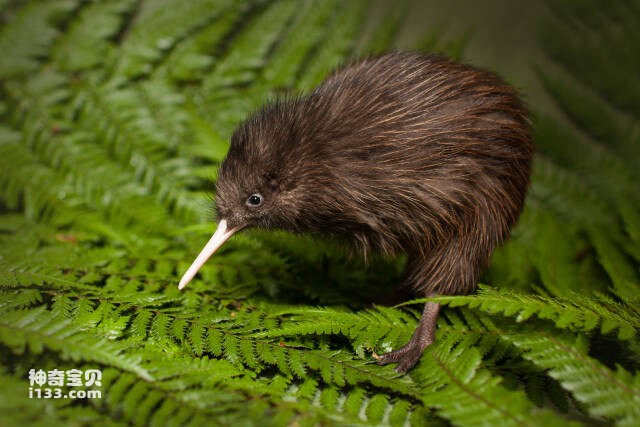
Kiwis are mainly found in forests, grasslands and coastal areas of New Zealand and are endemic to New Zealand. Kiwis are nocturnal animals and they usually look for food at night. Kiwis are solitary animals and like to live alone. They are very sensitive and rely on smell and touch to sense their surroundings. The kiwi is an iconic animal of New Zealand and holds great significance in local culture and history. However, the kiwi is currently endangered due to habitat loss, invasive non-native predators and the impact of human activities. Therefore, the kiwi is protected by the New Zealand government and is listed as a protected species in Appendix I of the CITES Convention.
animal tags:
We created this article in conjunction with AI technology, then made sure it was fact-checked and edited by a Animals Top editor.